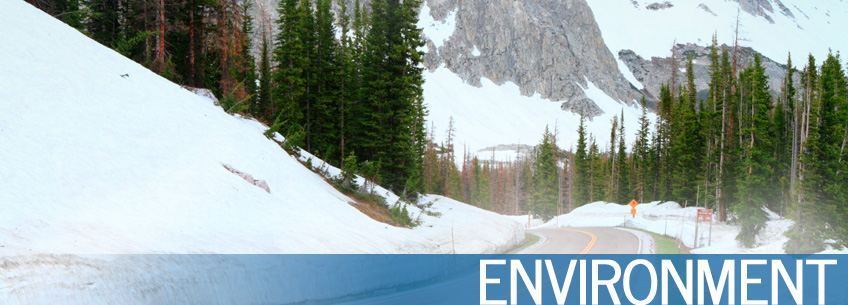Road salt and the environment
The environmental impact of road salt is a legitimate concern. Fortunately, “sensible salting” minimizes potential harm by applying “the right amount of salt in the right place at the right time.” Put another way, sensible salting is environmentally sensitive because it requires using “enough and no more.”
Nonetheless, difficult trade-offs remain. How should protection of lives and commerce balance with protection of the environment? What risks and sacrifices are we willing to take and make when the safety and economic livelihood of so many are at stake?
If not properly used or stored, salt can get into wells or groundwater. Sixty years ago, it was common practice to store highway salt outdoors, without protection from precipitation. This led to problematic amounts of salt runoff leaching into surrounding soils, surface water and groundwater.
This is no longer acceptable and is easily corrected by implementing environmental practices described in The Salt Institute’s SAFE AND SUSTAINABLE SALT STORAGE HANDBOOK. These practices include covering stored salt, preferably in a building, on an impermeable pad, not directly on the ground. The Salt Institute honors the best storage facilities in North America with its annual Excellence in Storage Award.
Another concern is roadside vegetation. The exposure to wind and traffic, and toxic contaminants deposited by that traffic, make roadsides a dry and harsh environment for plants. Salt can add to that stress by altering soil structure, permeability and aeration. However, highway runoff need not be and most often is not a serious problem.
Just as car manufacturers have worked to “salt-proof” their vehicles, highway agencies can “salt-proof” the roadside environment. Plant trees with a high salt tolerance, such as oaks, locusts, Scotch elm, Russian olive, and hawthorne. On the other hand, sugar and red maples, Lombardy poplar, black walnut, and rose and spirea bushes would be poor choices for locations exposed to salt runoff and spray from deicing operations.

